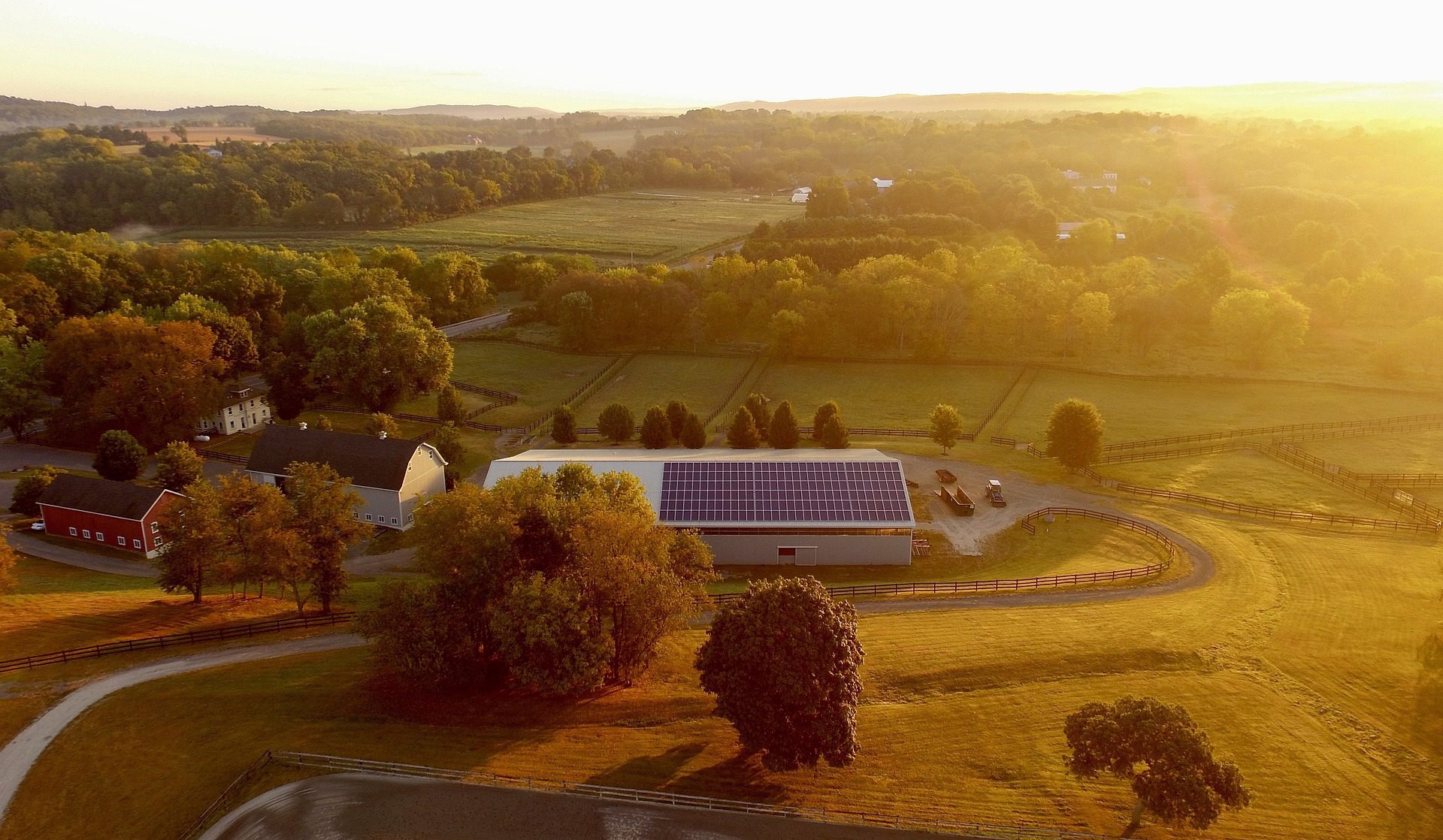Martin Whiteford
- Partner

Our peaceful rural landscapes have once again become a battleground in the energy transition. Recently, the government proposed a ban on solar farms being located on large parts of England’s farmland. Previous plans to significantly scale up solar in line with our net-zero target was expected to bring land used for solar up to just 0.3% of the UK land area. This is the equivalent to around 0.5% of the land currently used for farming – and roughly half of the space taken up by golf courses.
The choice shouldn’t be renewable energy or rural interests. This is a false dichotomy. Our energy transition should instead be recognised as a promising opportunity for the sustainable economic development of rural areas.
How can we integrate sustainable economic development and renewable energy in rural areas?
That is easier said than done. We need long term coherent strategies for linking renewable energy and rural development. How do we support rural economic development? How can renewable energy projects be embedded in local economies and drive local entrepreneurship?
Community benefit payments from renewables projects are now well established in Scotland, bringing money directly to our rural communities. Such payments have re-roofed quite a few village halls over the last few years, but they’ve not always been translated into significant tools for the further economic development of rural areas. We need to avoid a relationship of dependency.
Increasing the flow of conventional economic benefits to rural economies in terms of incomes and jobs is shown to be difficult because of the nature of the local supply chain capacity in remote areas. Are the right people, in the right places, doing the right things?
Too often we talk about the positive economic impact of renewable energy for our rural communities without being explicit about the necessary prerequisites, and mechanisms for unlocking these potential economic effects. The green growth imperative should focus on the socio-economic integration of rural areas in our energy transition, using renewable energy in a self-sustaining way to empower remote communities.
The wider impact of community energy ownership
Community energy ownership may help here. Working together on community energy projects has nurtured local skills, networks, and community confidence. These communities need to be supported to expand their remit to local entrepreneurship, but this burden shouldn’t fall on volunteer community groups.
Fuelling economic development through renewable energy
We should look for opportunities to integrate renewable energy within larger supply-chains within rural economies, such as agriculture, forestry, traditional manufacturing, and green tourism.
When a remote region has access to reliable and cheap energy, this can trigger economic development. Québec’s integrated policy to provide communities in the province with renewable energy, especially hydropower, attracted energy-intensive manufacturing such as smelting in these remote areas. On the island of Eigg, the introduction of an integrated system mostly based on renewable energy has freed residents from dependence on diesel generators and provided them with a stable and affordable power supply. This has brought improvements in other areas, enabling several new businesses to start up, including restaurants, shops, guest houses and self-catering accommodation.
Price security on energy can breed entrepreneurial confidence at all levels of the economy.
We can look to create an integrated energy system based on small grids able to support manufacturing activities. The capacity to deploy renewable energy is often constrained by grid limitations. However, there are no such limitations on co-locating manufacturing and other users of power, directly creating rural employment opportunities.
There are exemplar projects out there. The Kaly Group are looking to produce and process kelp at scale on our coast lines using renewable energy. Locogen, Logan Energy and the Arbikie Distillery are developing a project to install an onsite wind turbine and electrolyser that will generate green hydrogen for the distillery. Jackson Distillers are building a new grain distillery in the Borders, powered by energy supplied from an adjacent anaerobic digestion gas plant.
Have you considered agrisolar as a viable middle ground?
Agrisolar is a rapidly expanding sector – combining large scale solar with food production. By allowing working land to stay working, projects can move beyond this phony land use competition, helping farms further diversify income, placate family members keen to maintain a connection to farming and substantially increase biodiversity protection.
Making a positive connection between renewable energy and local economic growth will require the right set of local conditions, and a place-based approach to deployment, but we should all be looking for opportunities to put renewable energy to work in our rural areas.
If you have any questions in relation to the topics raised in this article, please reach out to Martin Whiteford, renewable energy project legal specialist.
You may also be interested in the following articles: